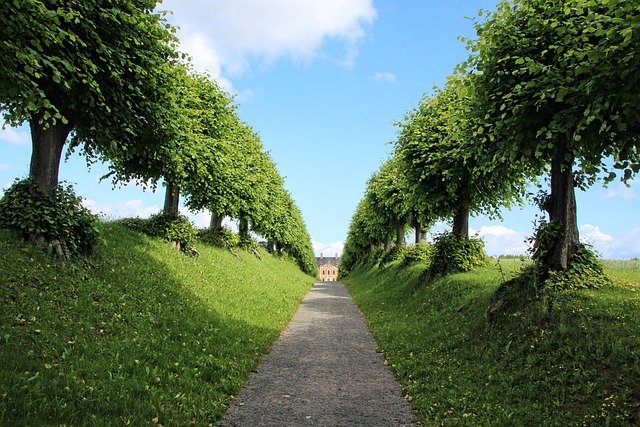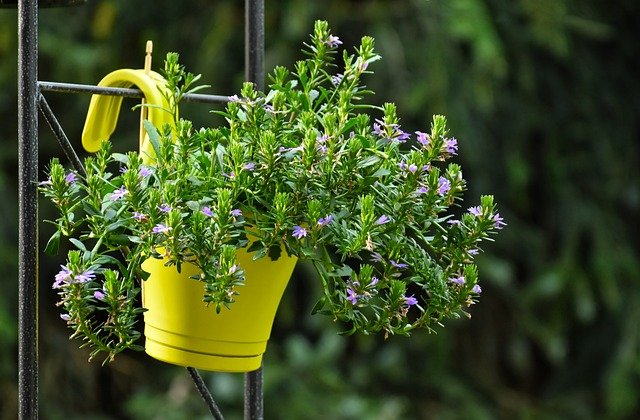Garden design ideas to make the best of your outdoor space
These garden design ideas are key to creating a scheme that you will enjoy for years to come. Whether you’re looking for landscaping ideas to update your outdoor space, big or small, attract more wildlife or be more sustainable, we’ve put together some fantastic ideas to help transform your garden. Help increase the value of your property.
If you’re looking for a small garden update, we’ll share tips and design suggestions for garden furniture, paths, lights, plants, edging, decking and more to help you create an outdoor space you’ll love.
But the key is to look at your garden as a whole before remodeling or updating, says Andrew Kyte of The Chelsea Gardener: “Learn all you can about the garden’s location, direction and perspective.” Not only does this affect your planting, but it can also determine how you use your space.
Whether it is a small garden, a long narrow garden, a cottage garden or a terrace, it is necessary to control where and when different parts of the garden receive light and sun. Think about the access and use you want to give your garden: planting and growing vegetables, sunbathing, eating outside or sitting and enjoying a cup of tea on a sunny morning?
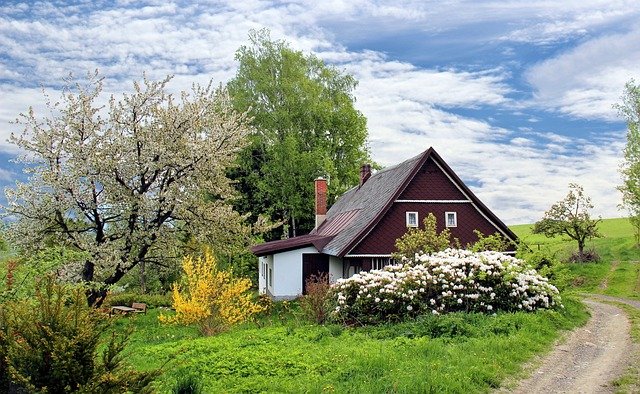
Maintain your lawn
Look out the window at your garden and the largest shape you will see is your lawn. If it is in good shape and strong, it will point the whole garden in the right direction. Note that it doesn’t have to be a rectangle; Try an oval, round, square or oblong shape. You will need the right tools to complete the job. Searches for trendy robotic lawnmowers and ride-on lawnmowers have skyrocketed in the last year, with the Flymo Easi Glide 300 electric lawnmower being one of the top sellers, according to price comparison service PriceRunner.
For existing lawn care and maintenance, horticulture expert Stuart Thomas of online garden center Primrose advises: “If your lawn is looking bad, consider the three principles: sunlight, rain and soil aeration. Trim branches to avoid excessive shade. If the constant rain in the UK is not enough, water once a week in the early morning. To aerate, take a fork to the grass and make a few holes. Do all of these things and your lawn will be thriving before you know it. Don’t cut too much!’
But with natural wildlife gardens, perhaps instead of using a lawnmower, you want to let the grass grow longer and find wild flowers that grow naturally. This, explains garden designer Anne-Marie Powell, is due to a trend towards retroactivity and the idea that “people want gardens that feel more ‘natural’ than more clearly planned spaces”. Read more: The Great Lawn Debate: To Mow or Not to Mow?
Plan your planting
The best garden design starts with structured plantings filled with beautiful flowering plants. Therefore, use evergreen shrubs at the end of each border and as punctuation along the path. Include small shrubs such as boxwood or larger evergreens such as mahonia for larger areas.
Once you have this frame, fill in the gaps with beautiful flowering plants. Try to limit yourself to five or six different types and repeat the patterns for a coordinated and harmonious effect. About a meter deep is the ideal size for a border, giving enough space for small plants in front and tall ones behind.
Choose fragrant evergreens such as lavender or Mexican orange blossom; Remember that narrow, low beds can define sitting or eating areas. However, containers offer more flexibility, so you can move them around as needed. “Creeping rosemary is an ideal plant for container walls; it’s trailing rather than upright, evergreen and blue-flowered in spring,” says Tony Woods, managing director of London Garden Club, a garden design company.
If you don’t have room for three-foot-deep beds, you can place climbers at the end of the border to add height when planting. When it comes to climbing plants, choose evergreens such as Clematis, which provide a beautiful and colorful display.
Tony recommends star jasmine for seating: “It’s very well behaved, producing lots of white, waxy, fragrant flowers all summer and responds well to cutting, so it’s ideal for placing behind a seating area where it won’t be needed.” You can hang the plants and enjoy the smell.’
When choosing flowering plants, try planting some in the off-season for year-round color, or plant early bulbs in the spring and summer to get the garden off to a great start.
If you’re looking for ways to make your garden more sustainable, Sue Townsend’s Samphire Garden shows you how you can create a garden that benefits the planet but still has texture and visual interest.
Paved with locally reclaimed York stone, the Suffolk Coastal Garden uses a range of drought tolerant plants including native coastal plants, grasses and Mediterranean shrubs surrounded by varying amounts of stone mulch. Plants include verbena bonariensis, eryngium, euphorbias, lavender, achillea, ballota, miscanthus nepalensis, peneetum, verbena and thyme. Be sure to use permeable surfaces that allow water to drain naturally into the soil.
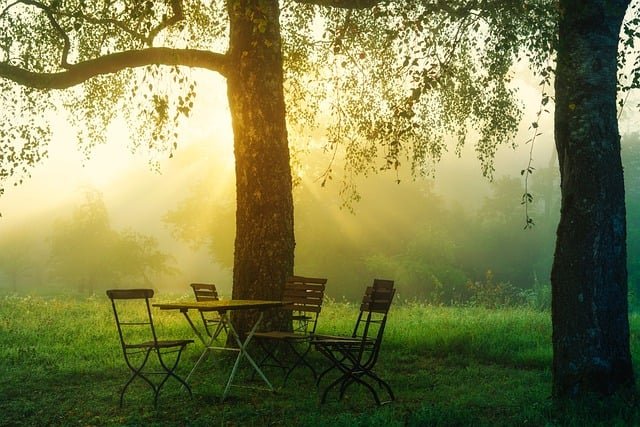
trees
A mature tree can be a starting point for creating a plan. They block the sun’s rays and can also be used as shade sails, hammocks, hanging lights or anchors for hanging decorations.
If you live near a busy road, trees can provide an unattractive view or help filter noise and air pollution. And they are very useful to nature, providing pollen for insects and shelter for birds, and converting carbon dioxide in the air into oxygen.
A growing trend is multi-stemmed trees, which can be planted to create an architectural masterpiece, to add beautiful canopy layers or, if planted specifically, to create a dramatic structural display. Multi-stemmed trees and soft plantings create a deconstructed woodland setting in the front garden, as shown below in this modern Suffolk garden by Caitlin McLauglin.

Trees are fantastic as a wildlife habitat and food source and as a source of carbon sequestration. They also add structure and architecture to the garden,” says Sarah Squire, president of Squire’s Garden Centers. “The garden has trees of all sizes and shapes, from a small acer in a balcony pot or a beautiful flowering cherry in the back garden to birches, whitebeams and dogwoods (my personal favourites) for large spaces.
Beautiful sidewalks
The color and style of paving and the way it is laid can give a strong direction to the design of the entire garden. For example, a gray or white stone placed in a random pattern will look great in a French country style; Black or silver pavers laid out in a regular pattern will be the perfect background for an elegant, modern scheme; Gold stones arranged in a mixed pattern create an English country feel.
Do you need inspiration? Butter Wakefield has created an intricate paving design in her Ribbon Wheel garden from 10 interlocking circles, each varying in design and size and connected by a strip of York cobblestones. Created from a combination of limestone and York stone, the circle and cobblestone sets create a striking effect.
When it comes to creating the garden of your dreams, attention to detail is everything. Create a beautiful scheme by matching your plants with your chosen floor covering. For example:
Gray or white stones look great with purple and white flowers.
Black and silver flooring looks incredible with strong colors like red, orange and yellow.
Golden sidewalks match the flowers in soft colors: pink, lavender and lime yellow.
Distinct levels
Does your garden have different levels? If you don’t like the idea of installing stone steps, you can create a seamless look with your existing lawn, for example by letting it flow from one area to another. As seen in the photo below, garden designer Helen Elks-Smith used grass steps and integrated them into the existing lawn to connect the lower courtyard with the small terrace above.
Looking for decorating ideas? If you have an uneven or sloping yard, leveling your deck is a great and cost-effective option. A terrace can be divided into levels and with steps, making it an ideal place for dining furniture, and its use means that the covered garden area usually has to withstand a lot of foot traffic.
Environmentally friendly, non-slip and maintenance-free, Millboard composite decking is an innovative blend of polyurethane and mineral compounds that offer the beauty and maintenance-free versatility of natural wood. This woodless deck has a non-porous outer layer, so it’s basically self-cleaning, so the rain will be tough.
The furniture
For small terraces and patios, choose folding furniture or benches that can be stored under the dining table when not in use. L-shaped sofas can be surprisingly compact, while large spaces can accommodate a full suite of seating with matching chairs, sofas and tables, chaise longues and chaise longues, or trendy hanging egg chairs or swings.
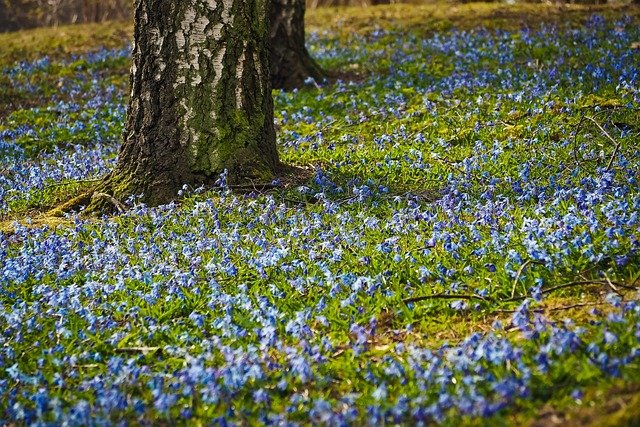
Invest in a good set of garden furniture that will last you for years. Consider the space and give each person enough room to sit down and pull out a chair without bumping into anything. Remember that you will also need space for everyone to sit and walk around the table. It takes up more space than you think!
According to Claire Belderbos, director of garden landscape specialists Belderbos Landscapes, “a dining table works best in an area of the garden that receives early morning full or partial sun. Have a small sitting area where you can enjoy the afternoon sun.



